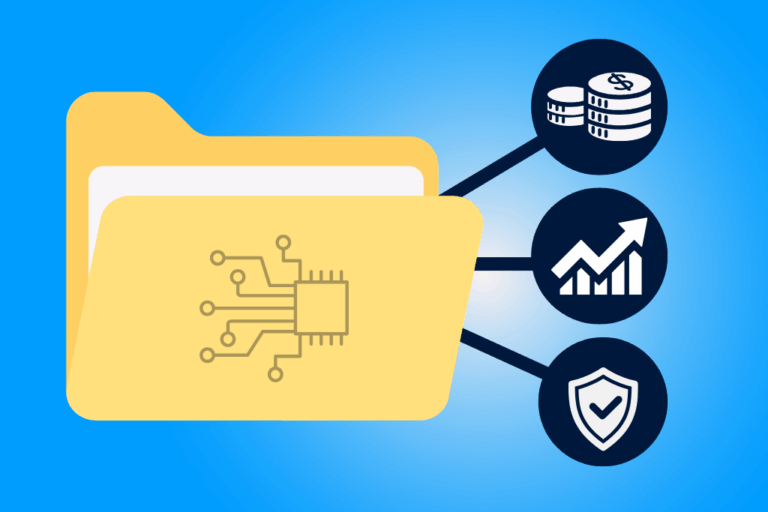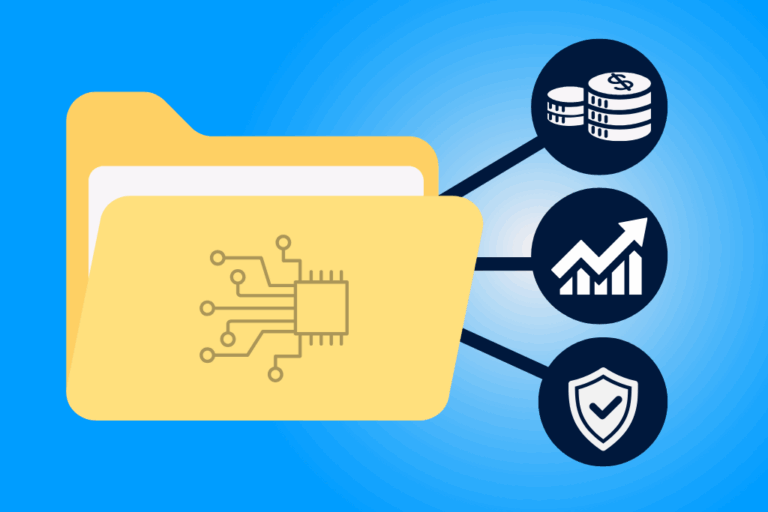Too time-consuming, not efficient enough, the contractual process is a source of dissatisfaction for many companies.
And yet it’s essential to their smooth operation. So how can you simplify the management of your contracts?
It’s as simple as choosing the right legaltech for your needs.
With so many startups offering solutions, it’s not so easy to choose. How do you draw up a specification for your LegalTech? By drawing up precise, functional specifications, you’ll find the best solution for your business.
Specifications for LegalTech
A specification is a contractual document that defines the outlines of a project. They can be applied in all areas of activity: building a house, making a film, creating a website, and of course managing contracts.
In this respect, the specification is particularly useful when a company is looking for a LegalTech to automate its legal activity.
Good to know: For the company, it’s all about defining its needs. But drawing up specifications is also useful for LegalTech, which must meet its customer’s expectations.
LegalTech, an efficient way to automate your daily tasks
To automate your tasks, there’s contract management legaltech . These tools harness the benefits of technology for legal services. For example, the drafting of your commercial contracts, electronic signatures to simplify exchanges, storage of information, links between legal professionals (law firms, legal advisors, etc.) and companies, and so on.
In all, there are over 200 solutions ready to meet your every need.
But with such a volume, how do you choose your legaltech?
First and foremost, you need to identify your needs. For example:
- If you want to make information more accessible to your staff (especially buyers and salespeople), there’s Doctrine.
- If you want to simplify your administrative formalities, Captain Contrat or Legalstart can do it for you.
- If you want to automate the drafting of your contracts and legal documents, Legal Place offers a range of templates.
- If you want to digitize your company’s general meetings, there’s DiliTrust.
- If you want to quantify your company’s legal risks, Case Law Analytics offers you a highly accurate analysis.
- And to automate the management of your contracts, DiliTrust offers you a Saas solution dedicated to contract management. Thanks to its artificial intelligence, the tool enables you to handle large volumes of contracts, without impacting your business.
Whatever your needs, these legaltechs aim toautomate the most time-consuming tasks. The idea is to help lawyers and other professionals focus on their core business: legal advice, sales, project management and so on.
But since each one is specialized, you’ll need to draw up a set of specifications to find the one that’s right for your needs.
To find out more, download our guide to choosing your LegalTech.
Best practices for drawing up specifications to help you choose your LegalTech
To find the right contract management software, you need to draw up a set of specifications. Here are the steps to follow.
#1 – Taking stock
This involves taking stock of the organization of your legal teams , i.e. the assignments carried out, time spent, communication between collaborators, interactions with other departments, etc.
Once you’ve outlined how your legal department works, it’s time to look at any day-to-day difficulties: for example, excessively long drafting times, lack of digitization, lack of data protection, etc.
#2 – Integrating other teams
As your legal department never acts alone, it is important that the contract management legaltech takes into account the needs of other teams (sales, finance, but also human resources in addition to legal teams).
In this context, don’t hesitate to organize meetings with other departments to find out about their difficulties with contracts.
#3 – Defining specifications
Once all your needs have been identified, it’s time to define your specifications. To do this, you need to convert your requirements into functionalities capable of meeting them.
For example, you want to create contracts quickly and remotely. In this case, you’ll need contract generation software.
But don’t select just any LegalTech tool. It must meet all your requirements. In other words, your short, medium and long-term objectives. And it must also be adapted to the structure and environment in which it will have to operate.
Good to know: Once you’ve defined all your criteria, your specifications should also include a timetable for implementing the solution, covering all the necessary stages. If necessary, don’t hesitate to add late penalties if deliverables are not handed in on time.
#4 – Benchmark existing solutions
Once you’ve drawn up your specifications, you’ll need to find the legaltech solutions that exist.
#5 – Defending your project and involving your superiors
Last but not least, you need to get your hierarchy to agree to the implementation of the legaltech project. Here, it’s all about demonstrating the advantages of the software in improving the contractual process.
Now that you know how to draw up specifications, all you have to do is find the contract management legaltech that will meet your needs.


